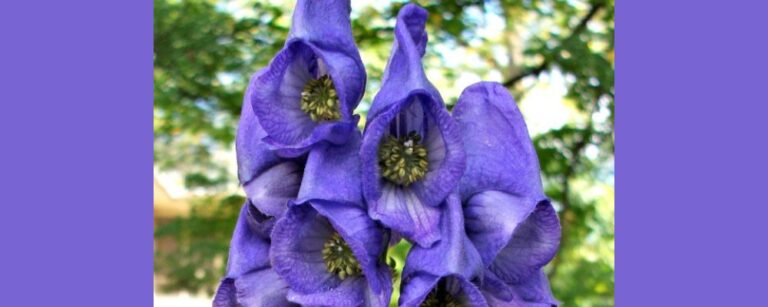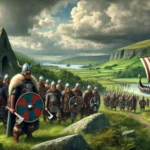Every year in the Danish city of Odense, named after the Norse god Odin, there is an annual flower festival. This reflects the importance of flowers in Scandinavian culture. You are unlikely to enter a home in Sweden or Norway without finding potted plants with carefully cared-for flowers.
But were flowers equally important in the Viking age?
Flowers are rarely mentioned in the Norse myths or Viking sagas, but this is probably a reflection of how ubiquitous they were rather than a lack of importance. The luscious-smelling lavender plant was called leidingablom, which literally means “boring flower” because they were so common.
Let’s look at some of the other flowers that we know were common in the Viking age and the ones that may have been associated with different Norse gods.
If you want to make yourself a Viking bouquet, you can have many of the flowers mentioned here delivered to your home in the Adelaide area (Australia) by My Global Flowers.

Freyja’s Daisies
The flower with the strongest connection to the Norse gods is the daisy, which the Vikings considered sacred to Freyja, the goddess of love and beauty. As one of the Vanir gods, she was closely associated with nature and growing things, and she may also have been linked with roses and primrose.
The daisy was associated with childbirth, motherhood, and new beginnings in the Norse world. They would have made the perfect present for a new mother.
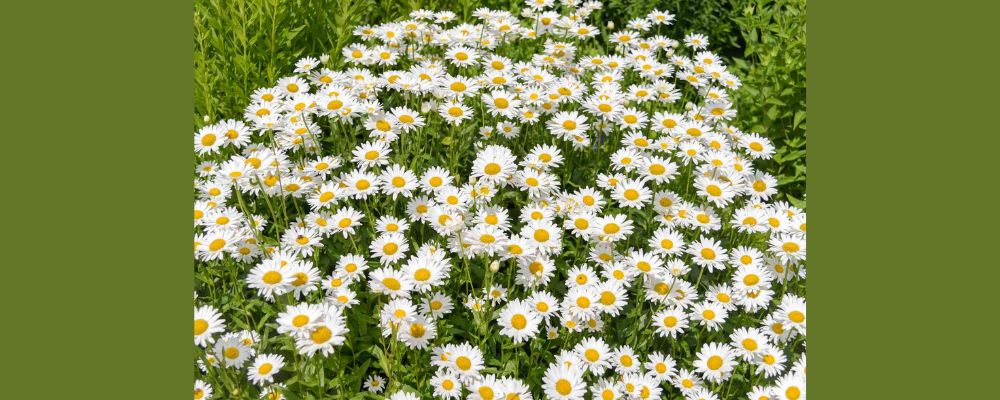
Odin’s Poppies
In Old Norse, poppy fields were called Odainsackr and were considered sites for sacred healing. The Vikings have been aware of the medicinal uses of milk of the poppy, and they thought that just by lying in the fields, they could be healed by the god.
The alternative name for poppies, “blind eyes”, may also have been a reference to Odin, who was called the one-eyed warrior. He plucked out his eye in exchange for a drink from the Well of Wisdom.
There is some evidence that poppies were used to induce a dream state in which a person could navigate and potentially change their fate with the guidance of Odin.

Belladonna of the Valkyries
Belladonna flowers were associated with the Valkyries, Odin’s troupe of Shieldmaidens. They were responsible for taking the worthy dead to live in Valhalla. This is Odin’s great hall in Asgard. There, they feast until they are called on to fight again alongside the gods at Ragnarok. Belladonna may have been used in magical rituals to enter Valhalla while still living.
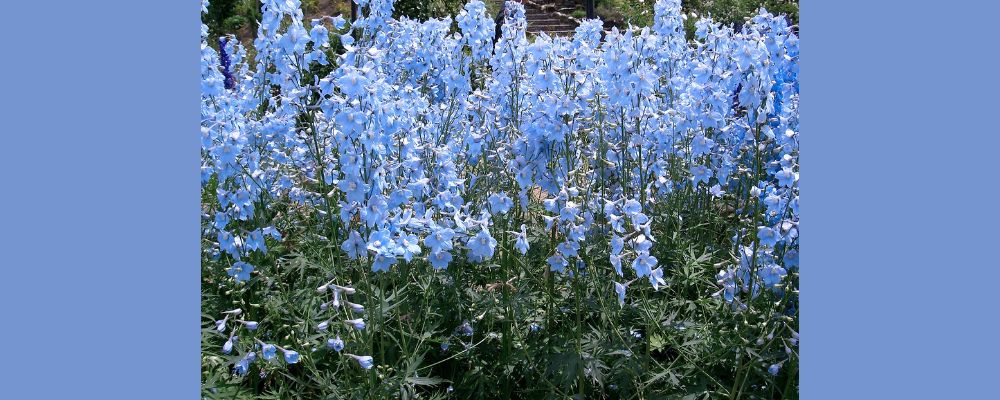
Thor’s Sacred Henbane
As well as producing a flower, henbane is also a narcotic. Volva witches probably used it to reach a state of ecstasy that allowed them to commune with the divine and see the future. Berserkers looking to commune with the spirit of a powerful animal before going into battle may also have used henbane. Henbane seeds were found in the Osberg ship burial, which is suspected to be the resting place of a powerful Volva.
According to the sagas, henbane was sacred to Thor, and henbane beer was often used as a libation for the god.
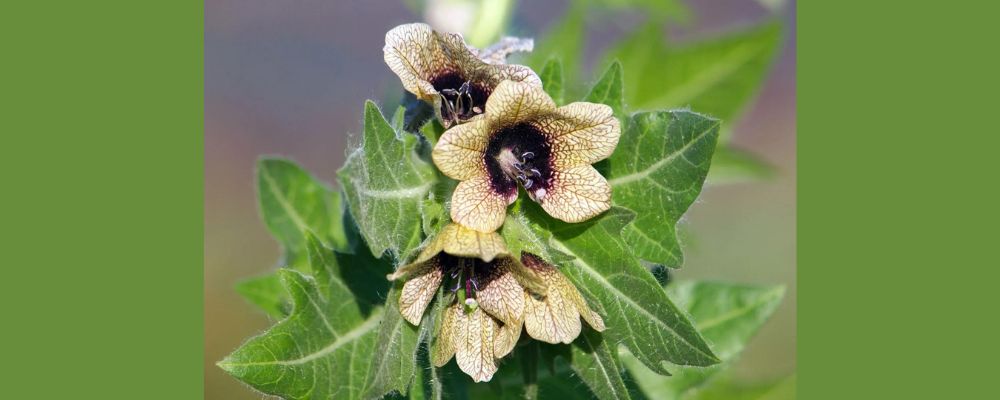
Tyr Wolfsbane
Several flowers are named for the Tyr, a god of war and justice in Old Norse. These include Tysfiola, a wild violet, and Tibast, Daphne mezereum. But the most important flower associated with the god is Tyrhialm, Aconitum, also known as Wolfsbane.
This refers to the story of Tyr and the mighty wolf Fenrir. The gods so feared the great wolf that they decided to trick the beast so that they could imprison him. They asked him to put on a fine ribbon, made by the dwarves to be unbreakable, and then break out of it as a show of his strength. Fenrir agreed, but sensing that something was not right, demanded that one of the gods put their hand in his mouth as proof against deceit and a guarantee that they would free the wolf if necessary. The gods successfully imprisoned the wolf, and Tyr lost his hand.
Wolf’s bane is one of the most poisonous plants that grow natively in Europe, and it is shaped like a helmet, which suggests a war-like aspect.
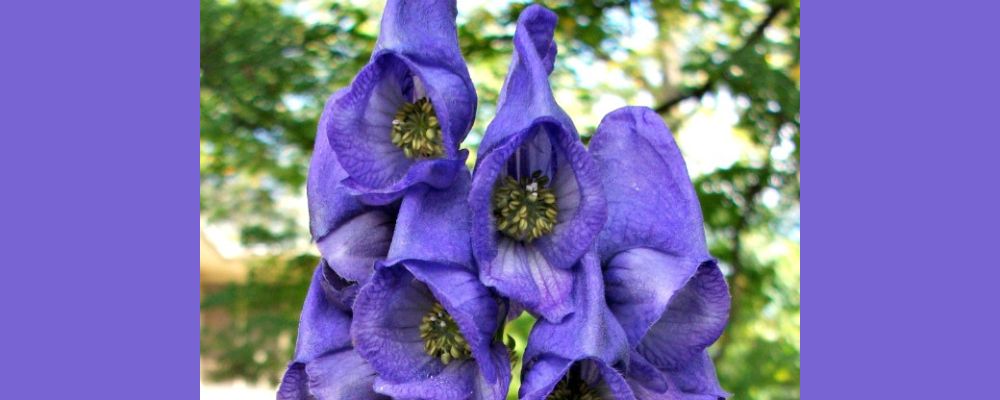
Frigg’s Orchids
Fragrant orchids were known as Friddjargras, or “Frigg’s grass” in Old Norse, suggesting an association with the queen of the gods.
Orchids were probably associated with fertility since they attract pollinators, including bees, butterflies, moths, and hummingbirds. Their strong scent was probably thought to represent the feminine aspect.
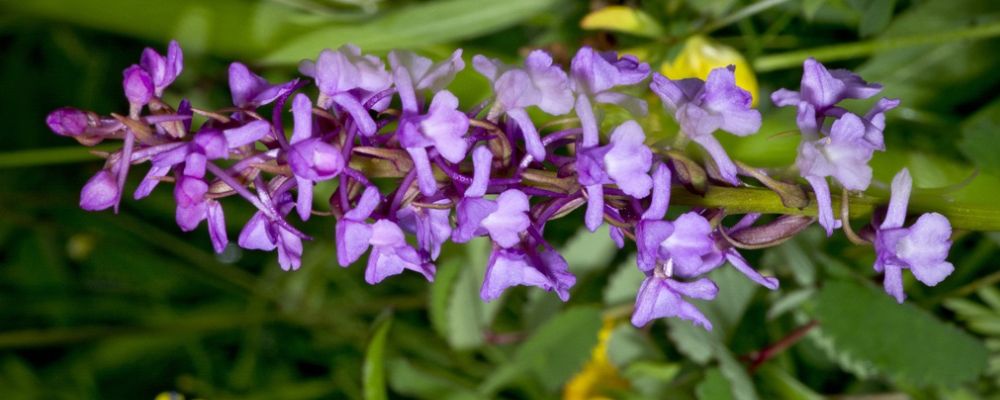
Norse Plants
Many of the other flowers that thrived in the Viking homelands were probably considered sacred to different gods and to represent different ideas. Other flowers native to the region include Linnea Borealis (pink bell flowers), Anemones (white and pink lanceolate-shaped blossoms), Smorboll (perennial bright yellow flowers), and Lily of the Valley (creamy white tiny flowers).
These are all blooms worth considering when constructing a Viking bouquet or making an offering to the Norse gods.
Find your favorite flowers and have them delivered to your door with My Global Flowers.
